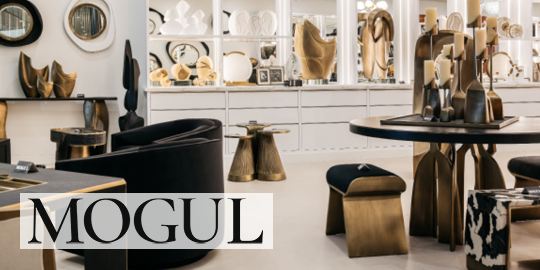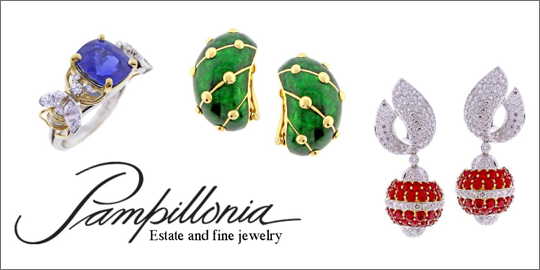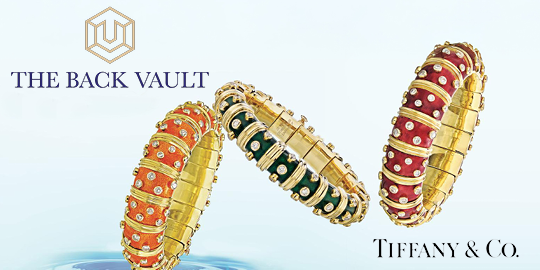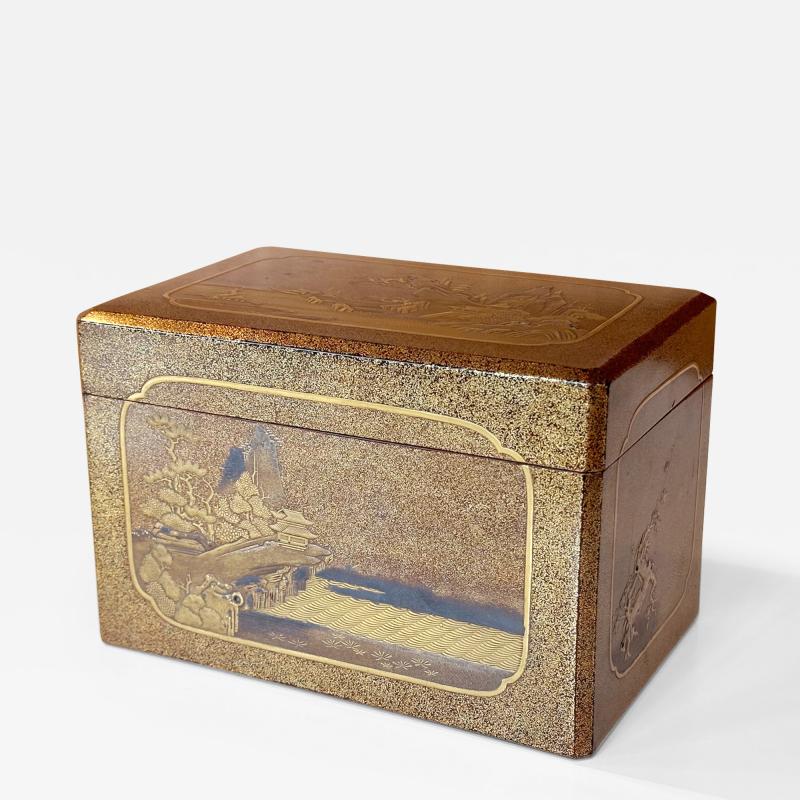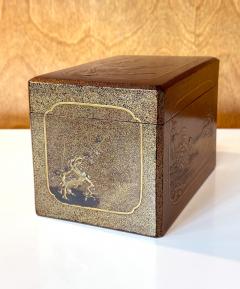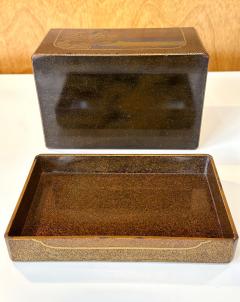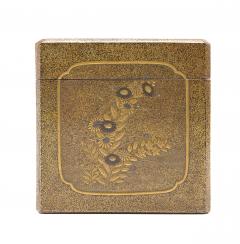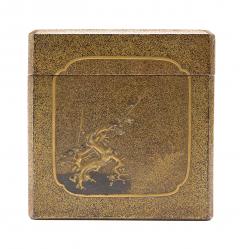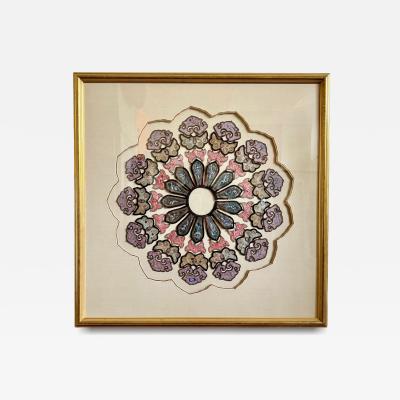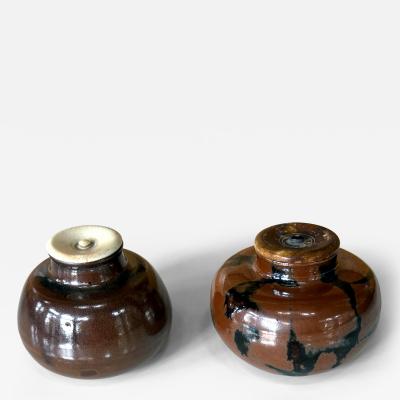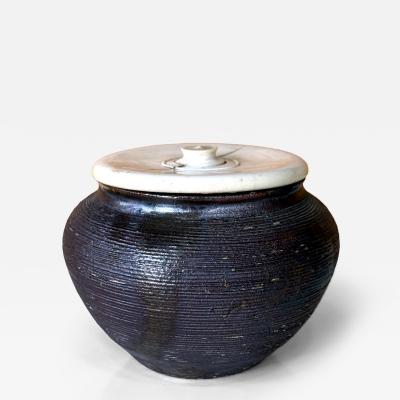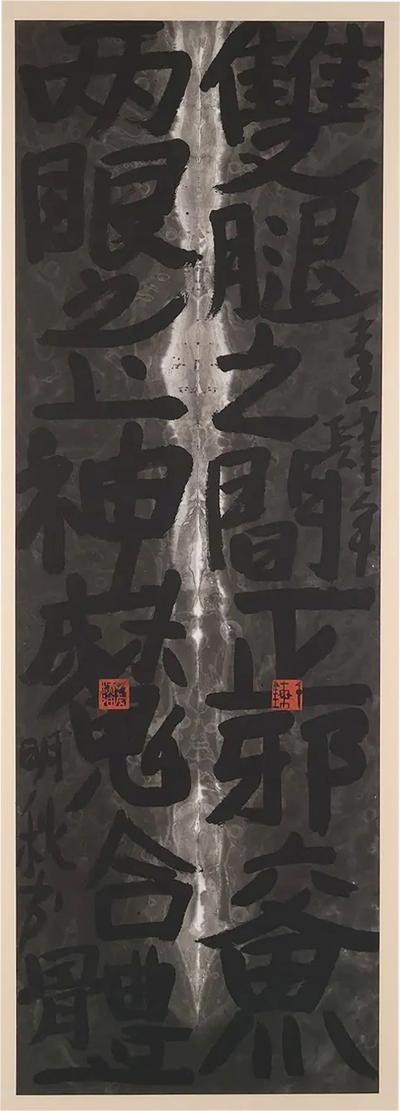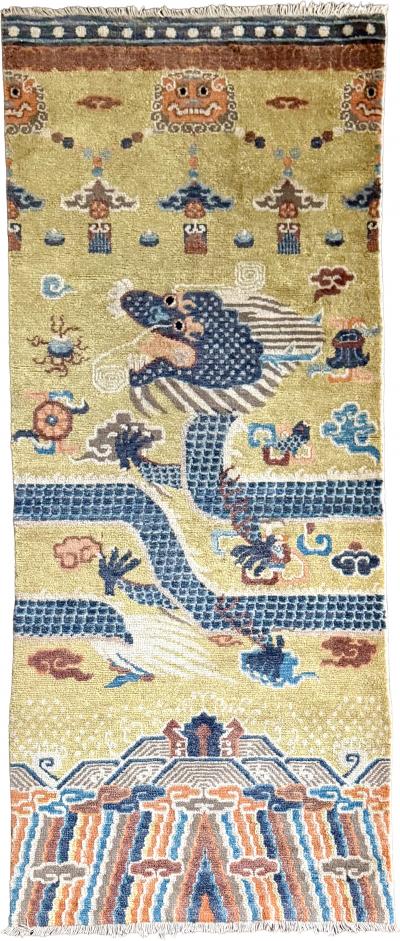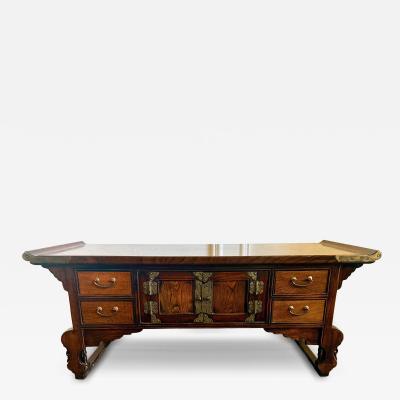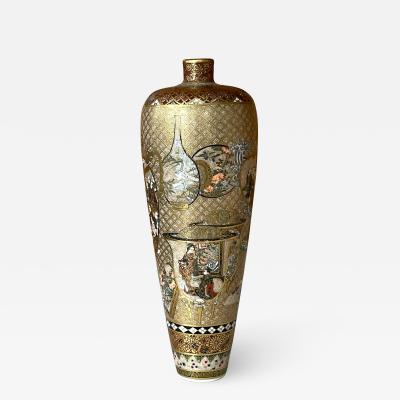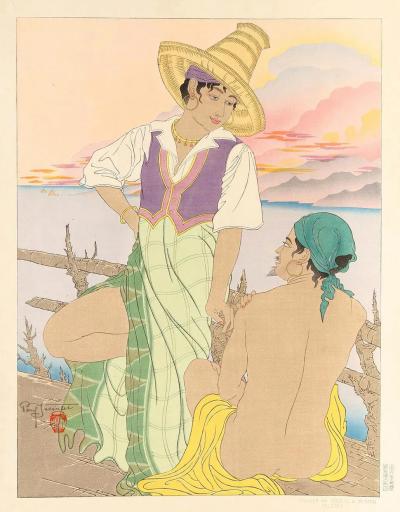Exquisite Japanese Lacquer Maki-e Hand Box Kobako Edo Period
-
Description
An early Japanese lacquer Maki-e decorated kobako (small storage box) circa 18th century (Edo period). Based on its form and size, this kobako was possibly used as a Chabako to store the accoutrements for chado (tea ceremony). The lidded box is of rectangular form with bevel design on all edge that softens the appearance. The entire surface was densely covered with a background of nashiji. Elaborate Maki-e techniques were used on each side to showcase a distinct landscape or floral design within a cartouche panel. On the surface of the lid, a mountainous landscape rises from the edge of the water. The poetic composition is akin to a traditional ink scroll painting, showing an impressive "water mountain" landscape permeated with rising granite peaks of precarious cliff faces, dotted pine trees, a half-hidden pagoda, a temple in the valley and a pavilion by the water. On the front and back panels, similar wonderful sceneries continue, and a silvery darker shade was introduced to depict the vastness of the ocean and the height of the peak. On the two smaller side panels, plum blossom and chrysanthemum flowers are the highlight, indicating a fall and winter season, which may be the months the use of the piece was preferred. Taka-makie was used in conjunction with hira-makie and various shades of gold and silver to create the relief imagery of dimensional depth. The rocks, peaks and the trunks of the plum were spotted with holes, done in a significantly high relief using Sabi Urushi, a mixture of pulverized pumice, seisei urushi and rice, newly developed in Muromachi period. This technique allowed the artisans to create a much higher relief in a timelier manner. The chrysanthemum flowers also feature a fine contrast with silvery colored petals with a reversed effect as well small silver dots inlays, indicating the early age of the piece. The fitted lid is rather deep, and the entire interior was finished in a dense nashiji while the base was contrasted with a nuro-nashiji.
The overall execution of the Maki-e that decorates the box was masterly in precision and exquisite in taste. -
More Information
Origin: Japan Period: 18th Century Materials: lacquer wood, silver Condition: Good. Minor fading. Fine antique condition, minor rubbing along edges, minor contact wear mostly on the base and rims. Small minute indentation inside visible under rake light. Outside even age-related fade due to long light exposure indicative of its age. Creation Date: 18th century Styles / Movements: Asian, Traditional Patterns: Asian/Oriental, Handmade Incollect Reference #: 727845 -
Dimensions
W. 7.5 in; H. 5 in; D. 4.875 in; W. 19.05 cm; H. 12.7 cm; D. 12.38 cm;
Message from Seller:
Tishu, based in Atlanta, GA, offers a diverse collection ranging from Neolithic art to 20th-century collectibles, with a focus on Mid-century design, Japanese and Korean art, Asian textiles, and Contemporary Aboriginal art. Driven by a passion for timeless beauty, the gallery is open by appointment only and offers works that span 5,000 years of history. Reach them at 305-400-0561 or tishu@tishugallery.com.








